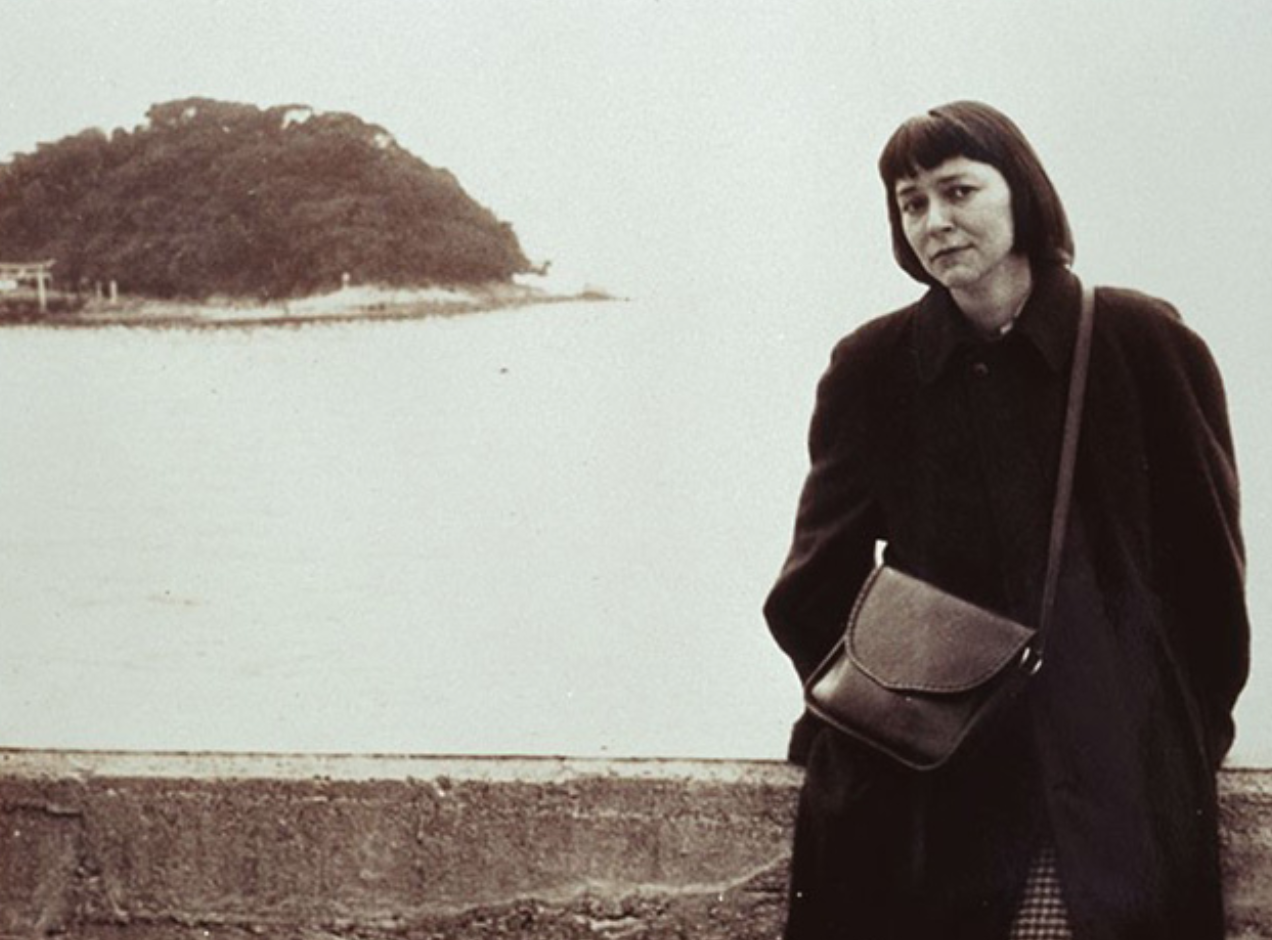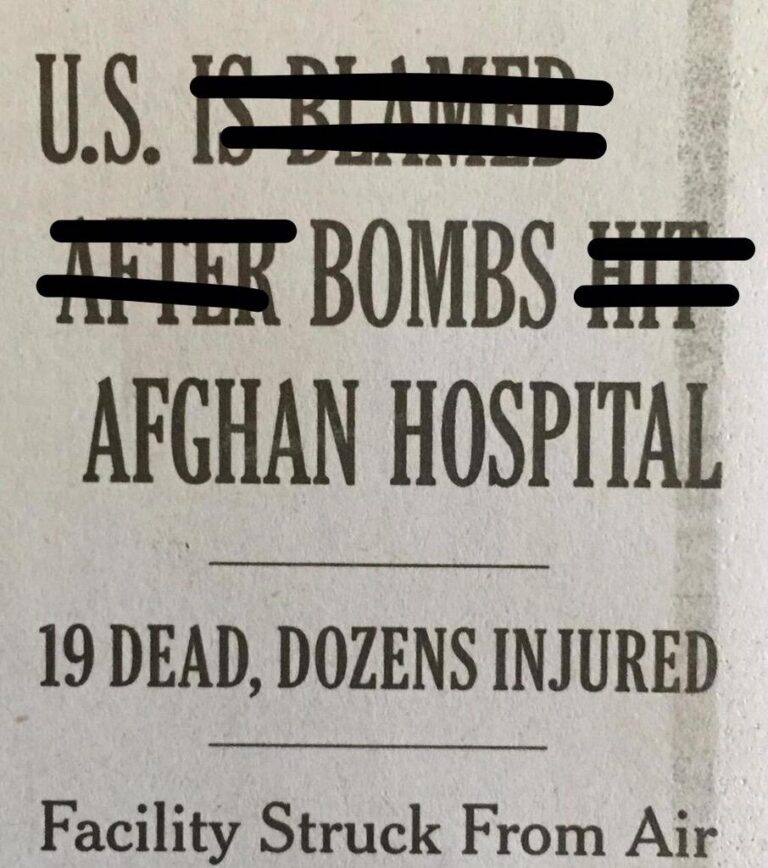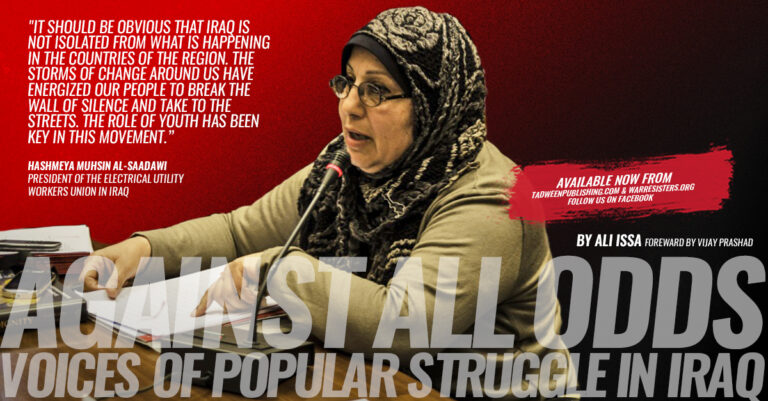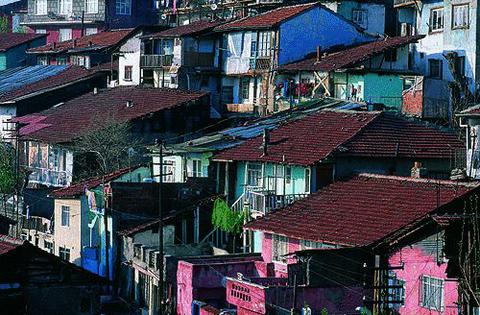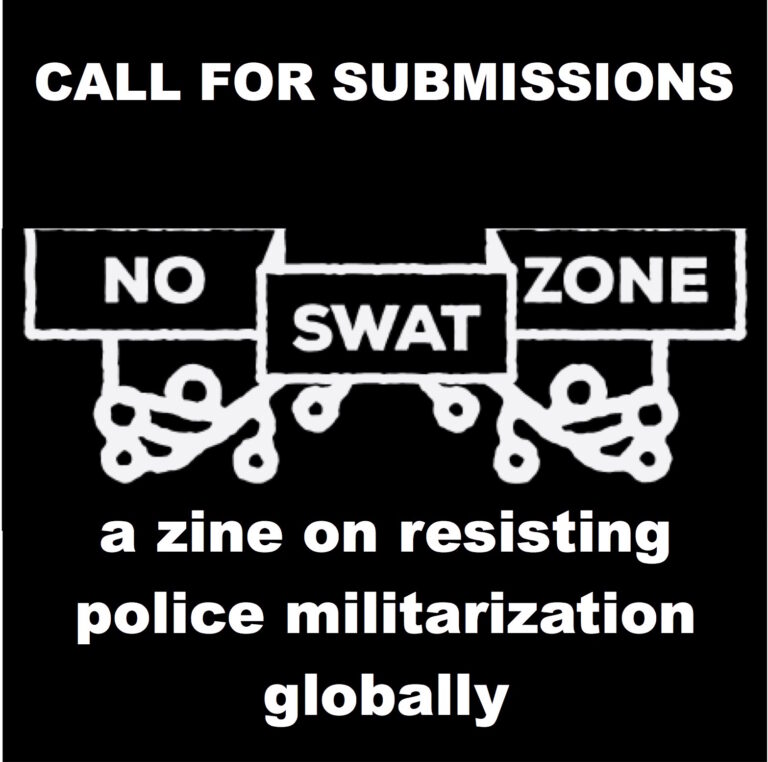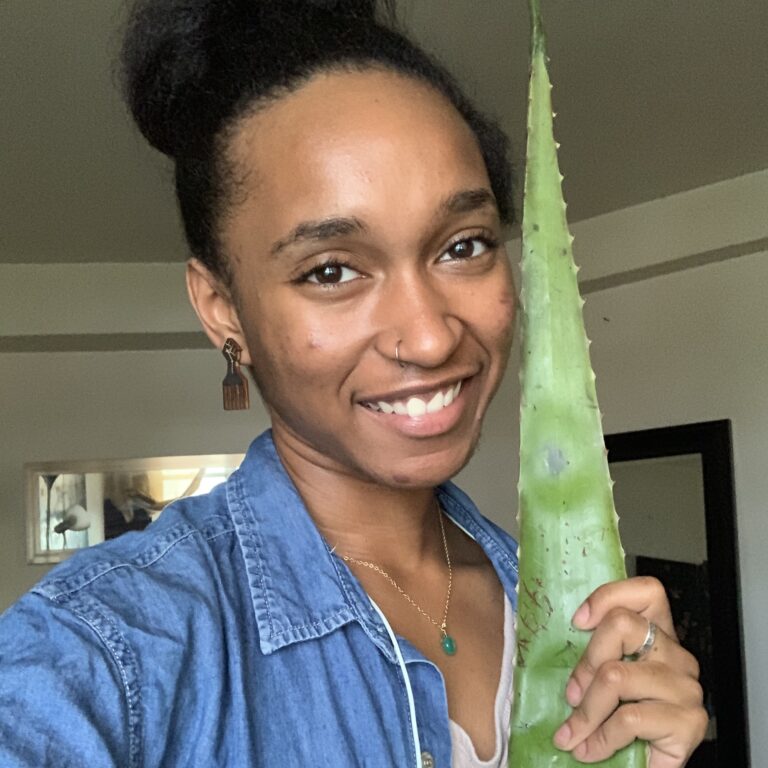Uncovering the roots of Barbara Deming’s revolutionary nonviolence and feminism
April 29th, 2021
Uncovering the roots of Barbara Deming’s revolutionary nonviolence and feminism
By Joanne Sheehan
This article has been adapted from a talk on “The Revolutionary Nonviolence by Barbara Deming: Two Handed Practices” which Joanne Sheehan gave with Ynestra King, who is writing a book about Barbara Deming.
Most who are familiar with author and activist Barbara Deming know her for her classic 1968 article “On Revolution and Equilibrium,” where she described nonviolence as a two handed approach, using the pressure of our defiance along with the pressure of our respect for our antagonists’ life. In the 1970’s and 80’s, Barabara’s writings and activism on feminism and nonviolence gained her a new following. Yet, her earlier writings remain largely overlooked and deserve more attention, as they offer insight into her growth while challenging us to look at our own as well. How deeply are we exploring the power of revolutionary nonviolence in the context of violence? How seriously do we take the process of training? What does it mean to act in solidarity? What does it mean to be part of one another?
Barbara’s introduction to the movement and nonviolent action came after a friend loaned her a copy of the New Left magazine Liberation because it contained an article about Cuba, which she had recently visited as a journalist and met Fidel Castro. On the back page was an announcement of a 16-day Peacemaker Training Program that intrigued her. So, in August 1960, at the age of 43, she went to New London, Connecticut, expecting to attend the training for “perhaps a day.”
Writing about the experience months later in a December 1960 article for The Nation titled “The Peacemakers,” Barbara said, “I had been reading Gandhi eagerly for the past year. But I expected to be unimpressed by the people I would find in New London. I assumed blandly that if they were, in fact, impressive, I should somehow have heard about them before this.”But she was impressed and stayed for the entire 16 days, with her life completely changed. She comments on many of their conversations, remarking “They argue with some eloquence that their means of contending with an adversary are not only powerful but the only means consistent with our professed belief in the sanctity of human life.”
This fourth annual Peacemaker Training Program was moved to the New London/Groton area to join with the Committee for Nonviolent Action, or CNVA, who were involved in a summer-long “Polaris Action” nonviolent campaign. CNVA had a tradition of doing nonviolence training in preparation for their disarmament campaigns. “Polaris Action” opposed the building of the atomic powered submarines at General Dynamics Electric Boat, which were capable of launching long range nuclear missiles. This location gave training participants an opportunity to engage in leafleting, picketing and discussions with military and civilian personnel. The training brochure promised “They will have an unparalleled opportunity for realistic training in a situation of conflict.”
As I wrote in “The Roots of Revolutionary Nonviolence in the United States are in the Black Community,” nonviolence began to be systematically explored in the late 1930s and 1940s as a method for dismantling segregation. Many of the Peacemaker Training Program’s “faculty” were involved in those efforts and came from the Harlem Ashram and the Congress of Racial Equality, or CORE, in the previous two decades.
The faculty consisted of 25 people — activists, authors, artists and trainers — including two from India. Black and white people were working together, committed to developing nonviolent action, as many had already been arrested for their actions against World War II, nuclear weapons and segregation. They included:
- Richard Gregg, whose 1934 book “The Power of Nonviolence” was on the reading list
- Ralph Templin, one of the founders of the Harlem Ashram in 1940
- Ruth Reynolds, who had spent time at the Harlem Ashram and was active in promoting Puerto Rico’s independence
- Wally Nelson, who had been one of CORE’s first nonviolence trainers
- Juanita Morrow Nelson, who — as a student at Howard University — participated in a lunch-counter protest in 1943, long before the lunch counter sit-ins in early 1960. (She and Wally were co-founders of The Peacemakers.)
- Marjory Swann, who had participated in a CORE training in 1942 and was a co-founder of CNVA
- Rev. Fred Shuttlesworth who had been attacked by a mob in Birmingham, Alabama for his leadership in desegregation efforts
- Anne Braden, now well known for her antiracist work as a Southern white woman
The use of nonviolent action was still in its experimental stages in the United States. The training brochure pointed to the Montgomery Bus Boycott, which took place from December 1955 to January 1957, as well as the use of nonviolent direct action in sit-downs at lunch counters that had begun six months earlier. “These are small beginnings but they give hope that a new method is evolving for challenging injustice and human degradation without ending, as revolutionary movements have done so often in the past, by imposing new injustices and causing new degradation.”
Beginning with preliminary discussions, the training moved into a day and a half of planning and carrying out a simple action. That was followed by four days on “A Consideration of Violence,” which examined economic violence, political violence, psychological violence and social violence and asked “What is the nature of violence and what is the basis of our opposition to it?”
They then spent two days on “Resistance to the Old Society,” which was subtitled: “Lunch-counter sit-ins and other forms of resistance to ‘racial’ domination. Anti-war activity. Anti-colonialism.” They also evaluated “past and present forms of resistance.”
Next, they spent eight days on “The Development of Free, Nonviolent Relationships,” which included categories on work, the creative process, sex, children, education, food, crime and punishment, and discussions on sharing, intentional communities and worker coops.
The training included discussions, quiet time, action and reflection. They did not all agree, but they kept listening and talking and exploring the power of nonviolence. Barbara found this an inspiring and welcoming community.
Her experience is a reminder that trainings and discussions on revolutionary nonviolence continue to be needed — as does sufficient time to prepare for nonviolent actions, understanding the present context of violence so we can better understand nonviolence, analyzing the “old society,” and the “normal” we do not want to return. We need them in order to see the big picture versus working on isolated projects, and to develop what we are for, not just what we are against.
As Barbara later said “Nonviolence is an exploration, one that has just begun.” Exploring takes discipline, stamina, creativity and trusting relationships with others in this exploration. It’s work, and that is what we need to do to face white supremacy, misogyny, militarism, injustice and violence of all kinds.
Following her experience at the Peacemaker Training Program in August 1960, Barbara began to participate in nonviolent campaigns. She also wrote about them in many publications, including Liberation, where she later became the first female editor. (Two other Liberation editors, David Dellinger and Roy Finch, were also at the training Barbara attended.)
In May 1961, Barbara joined CNVA’s San Francisco to Moscow Walk for a week before it headed to Europe. Organized by CNVA in response to the submarine workers in Groton who told the activists to “go tell it to the Russians,” the activists brought the call for disarmament across three continents. Barbara’s articles were not simply the story of what happened, they were honest reflections. In “San Francisco to Moscow: Why They Walk” she wrote “Why are we walking? The leaflet that we handed out along the way asks rhetorically, and I wanted to answer in my own head, or bones, just that question.” She listened, observed as they walked together, penning her insights for us to learn from all these years later.
Her relationships with the CNVA community who stayed in Connecticut grew so deep that in 1962 she and her partner Mary Meigs provided the money for a farm that became the Voluntown Peace Trust, a home base for CNVA. Although Barbara was not out as a lesbian at that point, she was open to the community, which they both became involved in.
Her first arrest was in 1962 at the Atomic Energy Commission, in an action that included Judith Malina of the Living Theatre — who she had met at the Peacemaker Training — and A.J. Muste, radical pacifist leader and CNVA co-founder, who invited her onto the National CNVA Executive Committee.
Barbara joined in walks and campaigns that increasingly faced violence from the community and the state. In an article for Liberation titled “1962 Southern Peace Walk: Two Issues or One?” she wrote about the harassment and violence they encountered on a peace walk in Tennessee as a result of CNVA deciding to integrate the walk. Barbara noted that one walker described it as “token integrated” — with only one Black person among the 13 young men and women who committed to walk the whole distance. Still, that was enough to draw racist anger and change the reaction to the walk in the South.
Believing that the struggles for disarmament and civil rights were the same, Barbara quoted civil rights movement trainer James Lawson — who spoke to the walkers — as saying, ”What is behind it is an effort to build a community for all of us… the beloved community. I say that this work is related to the work for peace. It might be a prototype to speak to the whole world… and the peace walk is related to the task for building community here… the movements are related to each other, in a sense are one and the same enterprise.” This connection of struggles was an important aspect of Barbara’s beliefs and approach, which she continued to develop as she later connected nonviolence and feminism. Yet, on that walk, and others, they missed opportunities to support the civil rights activists, which she openly regretted.
Black people from the local communities joined for short distances, and offered hospitality in their churches. She wrote of one night when young men from the area threw rocks at the church where they were sleeping. Four of the walkers went outside and — while holding flashlights on themselves to show they were unarmed — invited them to talk. In that sense, the unarmed were disarming. The seven or eight local men came out of the woods and talked about race relations. However, the walkers found they could not also talk about issues of war and peace at the same time despite their theoretical connection of the issues.
In 1963, Barbara went to Birmingham during their campaign to desegregate public facilities. One of the organizers, Rev. Fred Shuttlesworth, had been at the training program she attended. Barbara soon found herself jailed for being with the masses of Black youth who were “petitioning for the right to be treated as humans.” As she wrote in “In the Birmingham Jail,” “The warden had introduced me to my cell mates, in shrill outrage, and encouraged them to ‘cut me down’ as they chose.” Though she was fearful, she found a way to communicate, to listen and respond. “As the days passed, I stopped fearing my cell mates and made friends with them. After a little while this wasn’t hard to do. Every woman in there was sick and in trouble.” Although Barbara didn’t describe nonviolence as a two handed approach for several more years, she clearly used that approach in jail — refusing to “other” the women, no matter how hateful they appeared. While clearly standing against racism, she turned her fear into compassionate solidarity.
Reflecting on her many experiences in “Notes from Birmingham,” Barbara wrote that “part of me now lives in that other world” where she saw the bombed house of Rev. A.D. King, and the fear and courage she witnessed at the Gaston Motel, the movement headquarters which was also bombed. “Having entered this world that is theirs, I live in it too now. But I am able to leave.” She tells their story, not hers, clear about her white privilege.
Barbara joined the 1964 Quebec to Guantanamo Walk, which was stopped in Albany, Georgia — a city with a history of racial conflict — by Chief Laurie Pritchett, who refused to allow Blacks and whites to walk downtown together and pass out leaflets. Arrested and jailed, the walkers embarked on a two month campaign during which 26 people were jailed, some for nearly most of that time. There were tensions between the goal of the peace walkers and the Albany movement’s struggle for racial justice. After two months, Pritchett allowed them to walk together through downtown on their way out of town. Her articles in Liberation, later included in the 1966 book “Prison Notes,” gave the personal story of their imprisonment and reflections on the goals and strategies of nonviolent action, as well as the difficulty maintaining nonviolence in that jail. It is a powerful story of white “race traitors” transitioning from allies to accomplices and the hell the Black prisoners endured.
Barbara’s search for the truth and her compassionate solidarity continued with trips to South and North Vietnam in 1966 and 1967. When she received the War Resisters League Peace Award in 1967 she told the story of her fear of joining the April 1966 trip to Saigon. That fear at first made it impossible for her to volunteer. She described the process of gaining the courage to decide to go, how fears “taught me again to recognize our interdependence.”
In “The Temptations of Power” — a talk she gave on a Winter/Spring 1967 speaking tour, later published in 1971’s “Revolution and Equilibrium” — Barbara wrote about what she saw in North Vietnam and what it was like to try to report on what they saw, letting us know that “both are painful subjects.”
Barbara brought her whole self to her activism and her writing. She openly shared her own questions and explorations. She didn’t pretend she, or anyone, had all the answers. She brings readers through the process, and by doing so invites us to do the same. Exposing her vulnerability and facing it, she becomes empowered. Within a few years, this would be seen as a feminist approach — by showing that the political is personal, and the personal is political.
In 1967, she spoke of “the need to become more bold, and therefore more effective” and that would bring more government repression. “And then if we do not all stand together, helping always whomever is singled out for punishment, our effectiveness will end… We must certainly be frank with each other when we disagree,” she told War Resisters League. “We will need every one of us. We are all part of one another.”
This article was first published on our War Resisters community page at Waging Nonviolence.
Share

